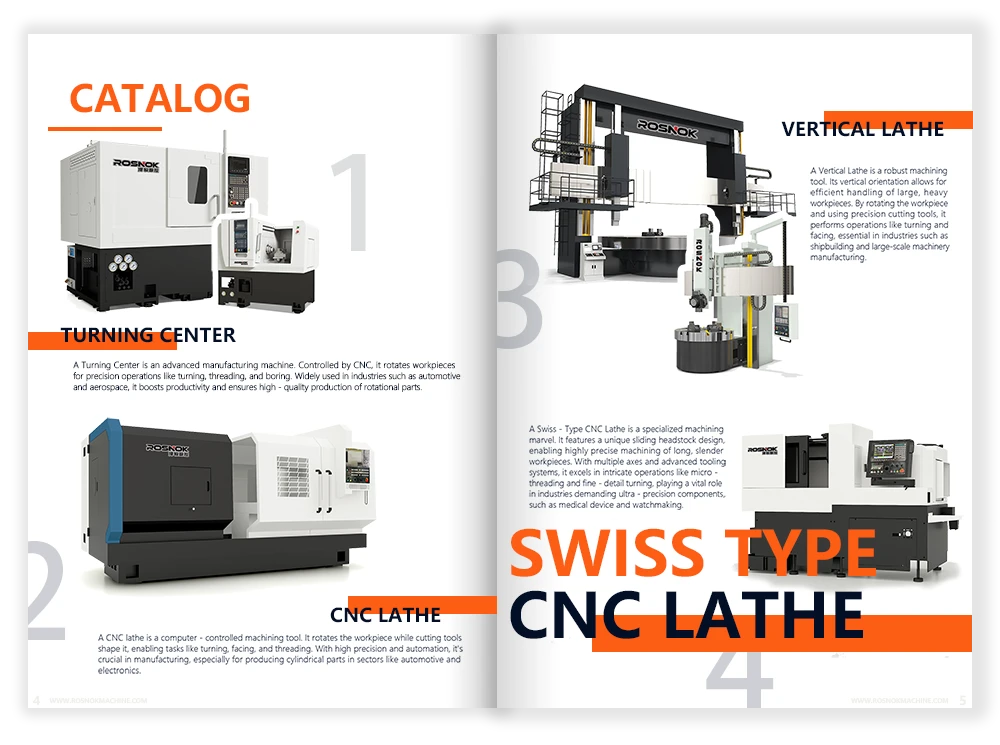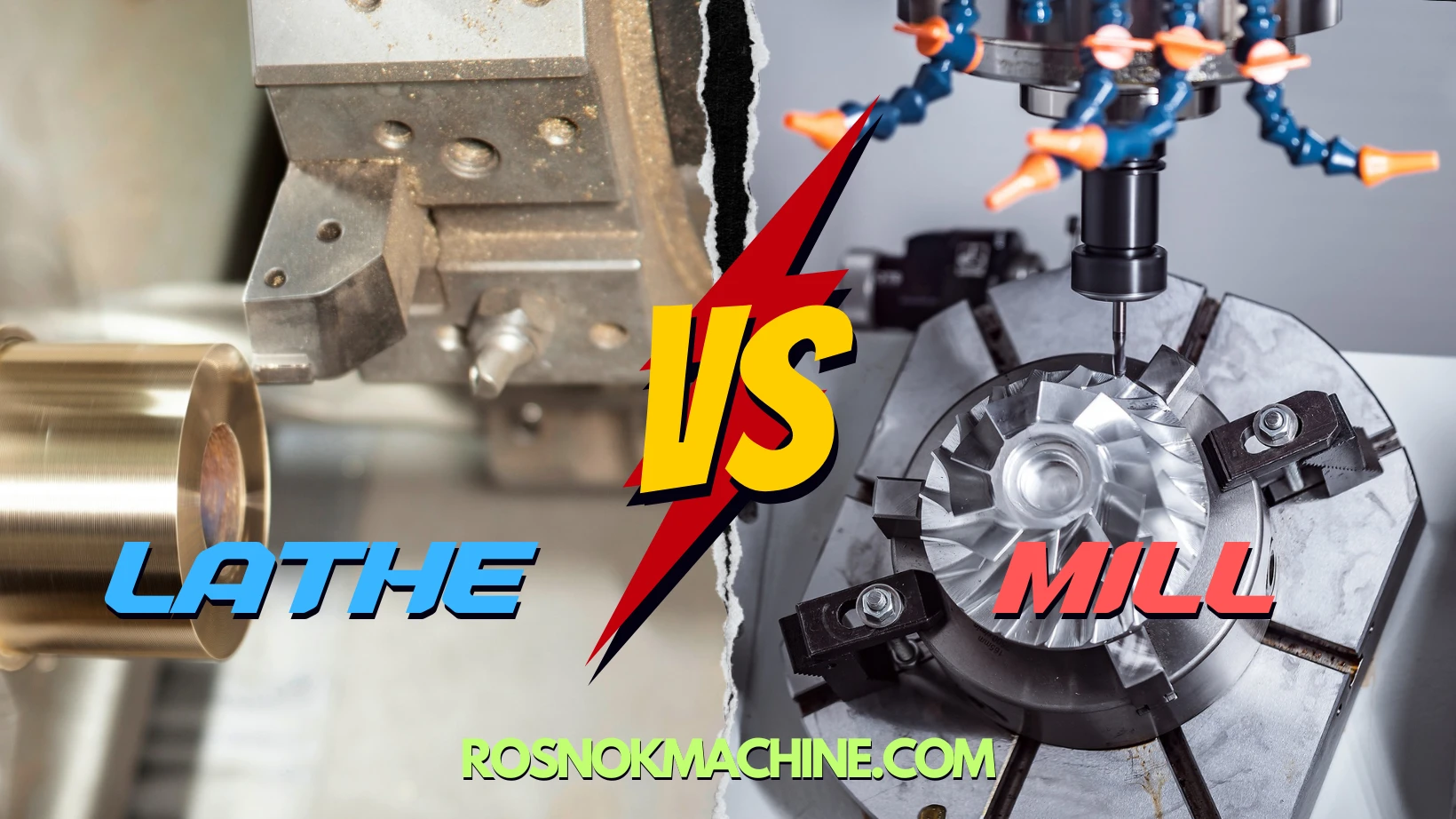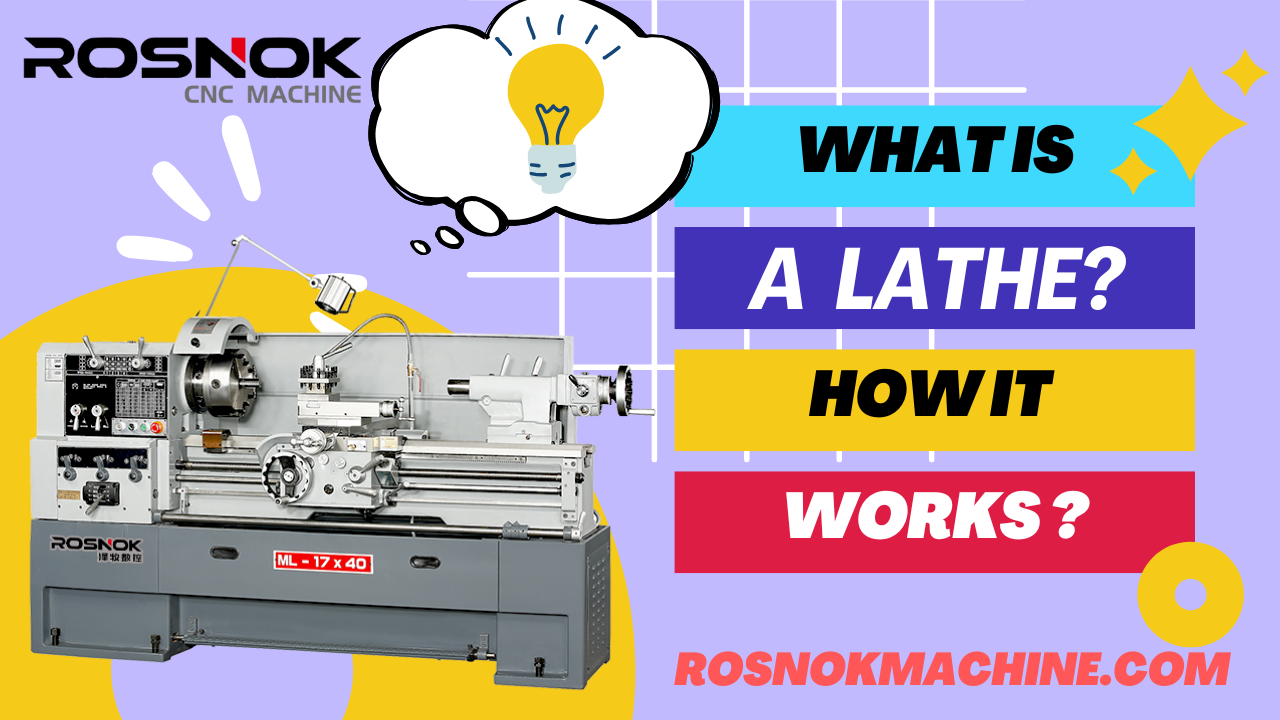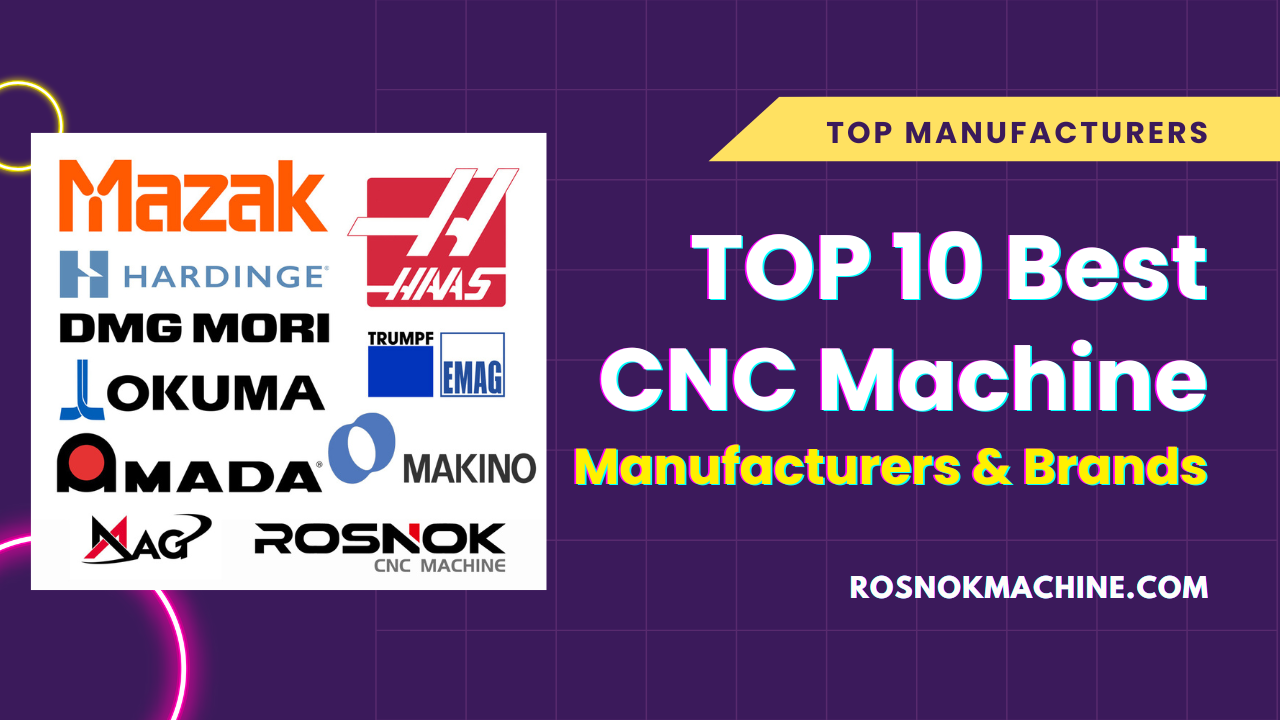Are you stuck trying to understand the real differences between a CNC lathe vs manual lathe? Do you wonder which one delivers better precision and consistency? Is automation worth the investment, or does hands-on control still matter? Which machine costs more in the long run? And which one fits your team’s skill level best?
A CNC lathe is a computer-controlled machine that automates the cutting process for repeatable, high-precision production, ideal for mass manufacturing and tight tolerances. A manual lathe, by contrast, is operator-driven, relying on the machinist’s manual control to guide the cutting tool and shape the workpiece. It offers more tactile control, better for custom or low-volume work. The core difference lies in automation: CNC lathes reduce labor dependency and ensure consistency, while manual lathes allow for craftsmanship and flexibility with lower initial investment.
Continue reading this article as we break down CNC lathe vs manual lathe from every angle — precision, speed, cost, control, and more — to help you choose with complete confidence.
What Is a CNC Lathe?
CNC lathes have revolutionized the world of metal machining with their automation, precision, and repeatability. In this section, we’ll break down how CNC lathes work, what components drive their performance, and where they’re most commonly used in modern manufacturing.
How CNC Lathes Work and What They Do
A CNC lathe is a computer-controlled turning machine designed for precise, automated metal cutting. Unlike manual lathes, which require constant hands-on control from the operator, CNC lathes operate based on digital instructions called G-code. These codes tell the machine exactly how to move, at what speed, and to what depth—resulting in highly consistent, repeatable operations.
The mechanical heart of a CNC lathe consists of a servo-driven spindle, ball screw-guided X and Z axes, and a controller unit that interprets and executes machining instructions. These components work in tandem to automate nearly every aspect of turning—from spindle speed and feed rate to cutting depth and coolant activation—eliminating the guesswork found in manual machining.
Modern CNC lathes also feature advanced tool turrets capable of holding multiple cutting tools. These turrets rotate automatically during operation, allowing the machine to perform various processes—turning, facing, grooving, threading—in a single cycle without stopping for tool changes. Some CNC lathes even include Y-axis movement and live tooling for milling, drilling, and tapping, offering multi-functionality in a compact footprint.

Why Automation in CNC Lathe Matters
The true value of CNC lathes lies in automation. By eliminating the need for constant operator input, CNC systems dramatically reduce human error, increase consistency, and allow machines to run unattended—even overnight or across multiple shifts. This kind of workflow leads to higher productivity, reduced labor costs, and exceptional part uniformity, particularly when producing large batches or complex geometries.
In high-precision industries such as aerospace or medical device manufacturing, CNC lathes are essential for meeting tight tolerance requirements that manual lathes simply cannot guarantee. Automation also enables quick changeovers and digital repeatability, making CNC systems ideal for just-in-time production and lean manufacturing environments.
Where CNC Lathes Are Used in the Real World
CNC lathes are widely used in industries where precision, speed, and reliability are non-negotiable. In aerospace manufacturing, they produce turbine shafts, engine components, and structural fittings with micron-level accuracy. In the medical field, CNC turning is vital for crafting implants, surgical tools, and orthopedic parts from biocompatible materials like titanium and stainless steel.
Automotive suppliers rely on CNC lathes to manufacture drive shafts, hubs, gear blanks, and brake system components in large volumes with tight tolerances. Electronics and robotics companies use them to create small, intricate housings and bushings. From prototyping to full-scale production, CNC lathes deliver the scalability and precision modern manufacturing demands.

What Is a Manual Lathe?
Manual lathes have been the backbone of machining for over a century. Unlike their CNC counterparts, these machines rely entirely on human operation. In this section, we’ll explore what defines a manual lathe, how it functions, and when it makes more sense than investing in automation.
How Manual Lathes Work
A manual lathe is a mechanical turning machine where the operator directly controls every aspect of the machining process. The workpiece is mounted on a rotating spindle, while the cutting tool is manually positioned and moved using handwheels and levers along the lathe’s carriage system. There is no computer involved—everything from spindle speed to tool feed rate is adjusted by the lathe operator in real time.
The basic structure of a manual lathe machine includes a headstock with a motor-driven spindle, a tailstock for supporting longer parts, and a carriage assembly that holds and moves the cutting tool. Operations such as facing, turning, drilling, and threading are all executed through the machinist’s direct input, making the machine extremely tactile in nature. This makes the manual lathe an ideal tool in many manual machining tasks where real-time control is essential.
The Role of the Operator
In a manual machining setup, the skill and experience of the lathe operator are everything. Since there’s no software or programming involved, achieving consistent and accurate results depends on the operator’s ability to read micrometers, judge material behavior, and apply the correct feeds and speeds. Even a slight misjudgment can result in dimensional error or surface finish issues.
That said, the hands-on nature of manual lathes allows for real-time adjustments and an intimate connection with the workpiece that CNC machines can’t replicate. For many experienced machinists, this level of control is not only satisfying but necessary when working with challenging or unpredictable materials.
When Manual Lathes Make Sense
Manual lathes truly shine in metalworking environments that require real-time flexibility, such as repair work, custom one-off parts, and small-batch jobs. In these cases, programming a CNC machine might take more time than completing the task manually. These machines also excel in training settings and technical schools, where developing machining skills is the primary goal.
For cost-conscious operations, the manual lathe machine offers a lower barrier to entry. It’s more affordable upfront, requires less maintenance, and doesn’t demand specialized programming knowledge. That makes it ideal for small shops, educational institutions, or job shops handling a wide range of short-run manual machining tasks.
Now that we’ve looked at the strengths of manual lathes, let’s compare them head-to-head with CNC models to uncover which better suits your workshop.

CNC Lathe vs Manual Lathe: Core Differences
Choosing between a CNC lathe and a manual lathe isn’t simply about new vs old—it’s about understanding their strengths across key performance areas. In this section, we’ll break down the fundamental differences that matter most to your machining operations, from automation and precision to cost and skill requirements.
Automation & Control
The most obvious difference between CNC lathes and manual lathes lies in how they are controlled. CNC lathes use pre-programmed G-code to automatically execute machining operations. The entire process—from tool positioning to spindle speed—is managed by software, with minimal human intervention required once the job starts. This makes CNC machines ideal for unattended operation, overnight runs, and consistent batch production.
In contrast, a manual lathe demands constant input from the machinist. Every feed adjustment, spindle change, and tool movement is done by hand. While this gives the operator full tactile control, it also introduces variation and fatigue. CNC automation reduces dependency on labor and ensures repeatable results across hundreds or thousands of parts.
Precision & Repeatability
CNC lathes are designed to deliver micron-level precision across all axes. Thanks to closed-loop servo systems and digital feedback, they maintain tight tolerances even on complex geometries or intricate contours. This makes CNC machining the preferred choice for aerospace components, medical parts, and high-precision industrial applications.
Manual lathes, by nature, are less consistent. Their accuracy depends heavily on the lathe operator’s hand stability, judgment, and experience. While skilled machinists can achieve good results, maintaining identical dimensions across multiple parts is difficult. Manual machines are better suited for simpler shapes and one-off tasks where tolerances are less critical.

Speed & Production Output
In terms of speed, CNC lathes hold a clear advantage. They offer rapid tool changes, simultaneous multi-axis movements, and optimized cycle times. With proper setup, a CNC machine can complete complex parts in a fraction of the time it would take manually. This makes them highly efficient for high-volume manufacturing environments.
Manual lathes, on the other hand, are inherently slower due to their hand-driven operation. However, they provide great flexibility when it comes to quick jobs, revisions, or repair work. For prototyping or tasks that don’t justify long setup times, manual machining remains a practical solution.
Cost: Initial, Operational & Long-Term
CNC lathes come with a higher initial investment, especially when factoring in software, training, and tooling. However, they offer better long-term value in high-output environments by lowering labor costs and reducing error-related waste. The cost per part decreases as production volume increases.
Manual lathes are more affordable upfront and require less infrastructure. They consume less energy, involve fewer electronic components, and don’t need specialized software. But they are labor-intensive and slower per unit. For low-budget shops or low-volume production, the manual lathe machine still delivers solid ROI.
Skill & Training Requirements
CNC lathes require programming knowledge, especially in G-code or CAM software. Operators must understand machine interfaces, tool offsets, and coordinate systems. While this means a steeper learning curve, once trained, operators can manage complex jobs with minimal hands-on effort.
Manual machining depends more on feel, technique, and years of experience. A skilled lathe operator must master hand-feeding, surface finish control, and tool sharpening. While easier to get started, it takes longer to perfect. Each approach demands a different kind of expertise—and each can bring value depending on the shop’s labor structure.
Flexibility & Use Case Adaptability
Manual lathes excel in tasks requiring real-time flexibility—on-the-spot adjustments, prototypes, or unique parts with undefined specs. They allow the operator to experiment without rewriting code or adjusting dozens of parameters. This makes them ideal for small shops and repair tasks.
CNC lathes are optimized for consistency and repeatability. Once programmed, they can reproduce identical parts with unmatched reliability. For batch production, complex 3D contours, or designs that require zero variation, CNC is the clear winner. However, they are less practical for quick one-off jobs due to longer setup time.

When to Choose a CNC Lathe
CNC lathes are purpose-built for production environments where efficiency, repeatability, and labor optimization are top priorities. If you’re running a workshop or factory with high output needs, complex part geometries, or limited skilled labor, CNC automation is likely the smarter investment. Here’s how to know when a CNC lathe makes the most sense:
- High-Volume Production Runs
When you need to produce hundreds or thousands of identical parts, a CNC lathe eliminates the human variation found in manual processes. Once programmed, the machine can run continuously with minimal oversight, often overnight or across multiple shifts. - Tight Tolerance Requirements
If your components demand consistent precision—such as medical implants, aerospace parts, or fine-thread shafts—a CNC lathe’s computer-controlled movements ensure micron-level repeatability, something difficult to achieve manually. - Labor Cost Reduction
In markets where skilled labor is expensive or hard to find, automation helps lower operational costs. One trained operator can supervise multiple machines, significantly improving staff productivity across the shop floor. - Complex Turning Profiles
For parts with multiple turning features like stepped diameters, fillets, tapers, or threading patterns, CNC lathes execute these toolpaths precisely in one setup. Manual lathes, by contrast, often require several adjustments and introduce greater chances of error. - Long-Term Projects with Minimal Variation
If you have long-term contracts or product lines with little variation in design, CNC programming becomes an asset. You can save and reuse G-code programs for future batches, reducing downtime and setup labor. - Scaling Production Capacity
Shops looking to grow quickly often turn to CNC lathes. With proper planning, you can scale output without hiring additional machinists or sacrificing part quality. - Improved Traceability and Documentation
CNC machining allows for detailed logging of every run, program version, and dimensional outcome. This is especially useful for industries with strict regulatory compliance like defense or automotive.
In these scenarios, the higher initial cost of a CNC lathe is offset by its long-term gains in throughput, quality, and labor efficiency. For manufacturers focused on consistent output and competitive delivery times, CNC is not just an option—it’s a necessity.

When to Use a Manual Lathe Instead
While CNC lathes dominate in mass production and automation, there are many situations where a manual lathe remains the better choice. These machines excel in hands-on tasks, flexible one-off work, and environments where simplicity and direct control are more valuable than programming and speed. Here’s when a manual lathe makes the most sense:
- Custom or One-Off Jobs
When you’re producing a single part or making unique adjustments to an existing workpiece, a manual lathe offers unmatched control. It avoids the time-consuming setup and programming required by CNC machines, allowing the lathe operator to make real-time changes as needed. - Repair and Maintenance Work
Manual lathes are ideal for reworking worn shafts, fixing damaged components, or modifying old machine parts. Their flexibility allows machinists to adapt quickly without needing CAD drawings or G-code, which is especially valuable in on-site repair environments. - Educational and Training Use
For schools and training centers, manual lathes provide essential hands-on experience. Students learn the fundamentals of metal cutting, feed rate, and material behavior—skills that are foundational to advanced CNC machining and critical for understanding manual machining principles. - Budget-Conscious Workshops
Manual lathe machines usually require lower upfront investment compared to CNC systems. They also cost less to maintain and don’t require expensive software or programming expertise, making them a practical choice for small machine shops or startups. - Low-Volume or Irregular Jobs
In metalworking scenarios where part designs change frequently or production runs are small, manual lathes eliminate the need for constant reprogramming. Operators can switch between jobs quickly with minimal setup time. - Artisanal or Prototype Work
When craftsmanship and feel are more important than speed or volume, a manual lathe gives the operator full tactile control. This is valuable for prototypes, instrument making, or any application where touch and visual inspection drive quality.
In these use cases, the manual lathe’s simplicity becomes a strength. For shops focused on flexibility, learning, or craftsmanship, manual machining remains not only relevant—but essential.

CNC Lathe vs Manual Lathe: Which One Is Right for You?
Choosing between a CNC lathe and a manual lathe depends on your production needs, available workforce, and long-term investment goals. Instead of viewing one as superior to the other, think in terms of fit: which machine aligns best with your current operation and future growth?
Here’s a quick comparison guide to help clarify your choice:
- Go with a CNC lathe if:
- Your operation involves repeatable parts where automation improves output and consistency.
- You need to scale up production without adding significant manual labor.
- Complex turning features such as threading, stepped shafts, or tapers are routine.
- You want better control over part tolerances and reduced risk of human error.
- You’re investing for long-term ROI, even with a higher initial cost.
- Stick with a manual lathe if:
- Your projects involve frequent adjustments or customized components that change often.
- You run a small shop or training center with limited budget or programming skills.
- You’re working with legacy parts, reverse-engineered items, or restoration tasks.
- You prefer hands-on control, especially for short-run or experimental turning jobs.
- Real-time tweaking, tool feel, and operator judgment are essential to the work.
In many machine shops, the smartest approach isn’t choosing just one. Combining CNC and manual lathes allows teams to match each job with the most efficient tool—balancing speed, cost, and flexibility. Evaluate your parts, team skills, and output targets to strike the right balance for your workshop.

Conclusion: Making the Right Investment
Choosing between a CNC lathe and a manual lathe isn’t about which one is universally better—it’s about selecting the right tool for your specific machining needs. Each has its strengths. CNC lathes offer consistency, precision, and automation for high-volume or complex turning. Manual lathes provide flexibility, lower upfront costs, and are ideal for short-run, customized machining work.
At Rosnok, we understand that your investment in a lathe machine must align with your production goals, budget, and team expertise. That’s why we don’t just manufacture both CNC and manual lathes—we guide you in choosing the right one. With extensive experience serving global clients in industrial manufacturing, metal processing, and engineering sectors, our team understands how to align machine capability with real-world production needs.
Whether you’re scaling up production or building a flexible small-shop workflow, Rosnok has the right solution. Reach out to us today for a free consultation—we’re here to help you make a confident, future-ready investment.







